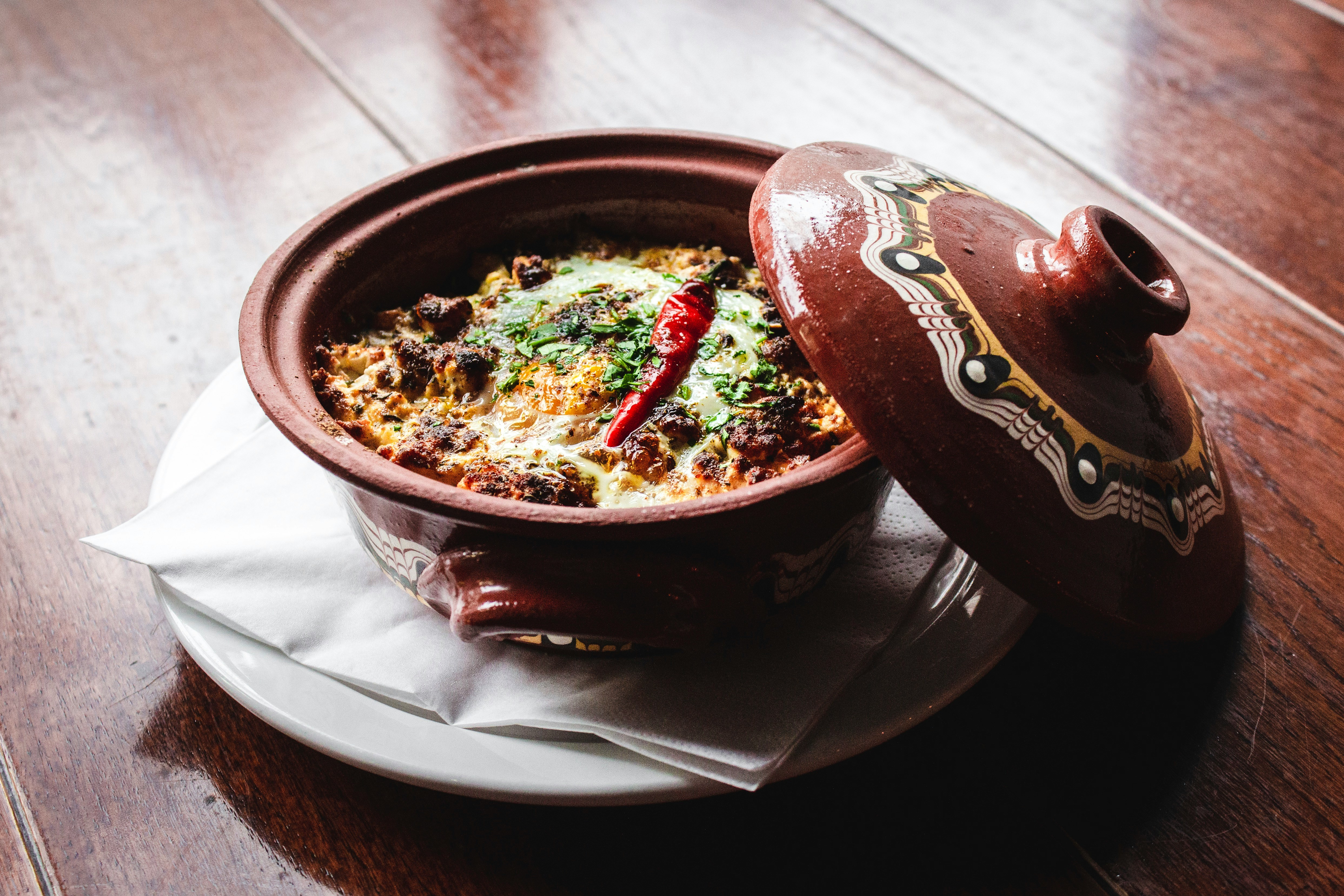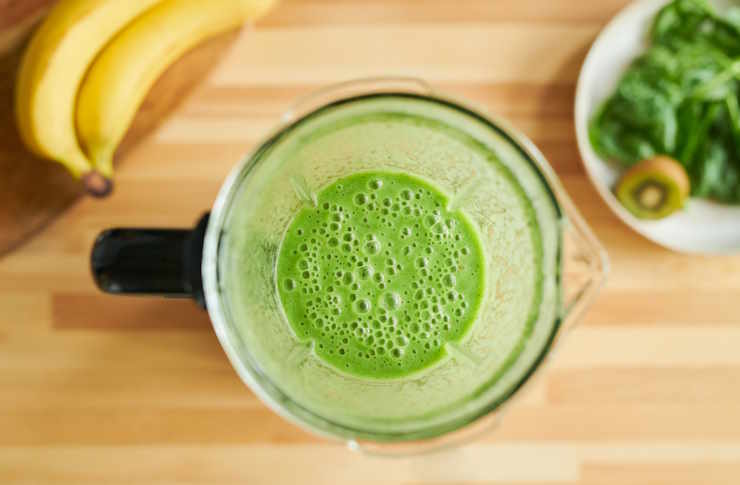Lesser-Known Food Cultures Across the Globe
Take a journey with us as we delve into the world of lesser-known food cultures. From the hearty meals of the Sami people in Scandinavia to the vibrant flavors of the Peranakan cuisine in Southeast Asia, there are countless culinary treasures waiting to be discovered. Read below to learn more about these hidden gems.

The Sami Cuisine: Reindeer and Berries
Originating from the indigenous Sami people, the cuisine of Scandinavia is characterized by a simple yet hearty approach to food. Reindeer meat, fish, and wild berries are staples, prepared using traditional methods such as smoking and drying. The cuisine is a testament to the Sami’s ability to survive and thrive in harsh Arctic conditions.
The Peranakan Cuisine: A Fusion of Flavors
In Southeast Asia, the Peranakan or Nyonya cuisine is a blend of Chinese, Malay, and Indonesian influences. This vibrant cuisine features a myriad of spices and flavors. Signature dishes include “Laksa,” a spicy noodle soup, and “Ayam Buah Keluak,” a chicken dish cooked with a rare Indonesian nut.
The Creole Cuisine of Reunion Island: A Melting Pot
Reunion Island, a French overseas territory located in the Indian Ocean, boasts a Creole cuisine that is a melting pot of French, African, Indian, and Chinese influences. Dishes like “Cari,” a slow-cooked stew, and “Rougail Saucisse,” a sausage dish, reflect the island’s multicultural heritage.
The Ainu Cuisine: Japan’s Indigenous Food Culture
The Ainu, indigenous people of northern Japan, have a unique cuisine centered around foraging, hunting, and fishing. With a focus on local and seasonal ingredients, Ainu cuisine includes dishes like “Ohaw,” a soup made with fish, vegetables, and wild plants.
The Coptic Cuisine: Ancient Egyptian Traditions
Coptic cuisine, rooted in ancient Egyptian traditions, is still alive in Egypt today. Dishes are often vegetarian and rely heavily on legumes, vegetables, and bread. “Ful Medames,” a fava bean stew, and “Koshari,” a mixed lentil and pasta dish, are typical Coptic meals.
Tips and Facts:
- The Sami people use every part of the reindeer, including the antlers and hide.
- The Peranakan cuisine is known for its “Rempah,” a spice paste that forms the base of many dishes.
- The Creole cuisine of Reunion Island is marked by the use of “Piment,” a local chili pepper, in most dishes.
- The Ainu people traditionally preserved their food using natural resources, such as leaves and bark.
-
Coptic Christians in Egypt follow a strict fasting schedule, which greatly influences their cuisine.
In conclusion, exploring these lesser-known food cultures not only broadens our culinary horizons but also deepens our understanding of diverse communities and their histories. Each cuisine tells a story, offering a glimpse into the traditions, lifestyle, and environment of its people. As we continue to explore the world through its food, we realize that every dish is a new adventure waiting to be savored.






